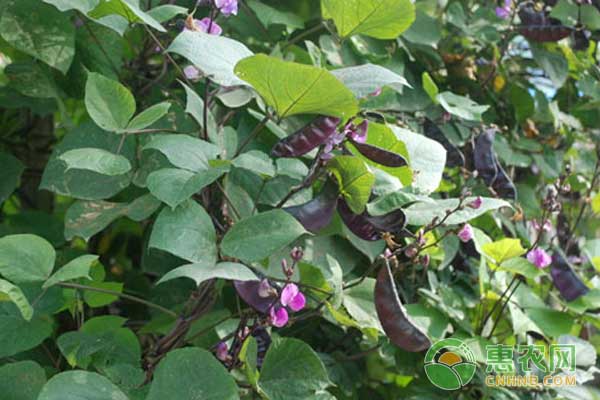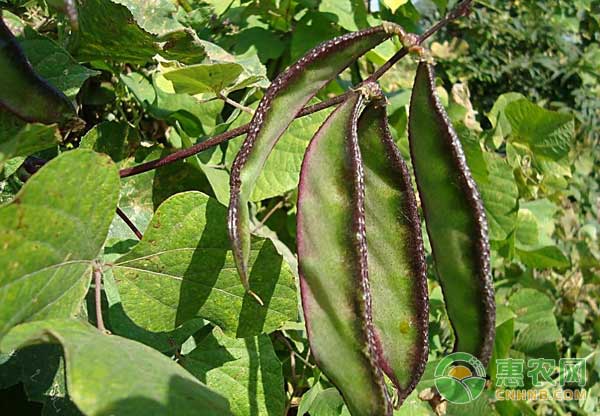After the lentils grow into the medium term, the weak plants, the vigorous plants, and the less pods are removed, so that the density of lentils is reduced and high yield is obtained. The densification density of lentils varies depending on the variety selected. In addition, it is affected by local temperature, light, water, gas, heat conditions, number and degree of pruning, and water and fertilizer supply. This technology is mainly carried out in the spring. 1. Selecting sheds to fertilize lentils and fearing heavy stalks. As a shed in the cultivation of lentils, it is necessary to choose greenhouses that have not been planted for 2 to 3 years. This is an important measure to achieve pollution-free cultivation and an important basis for obtaining high yield. Site preparation: Thoroughly remove the residue from the front and back, and bring out the concentrated burnt or deep burial outside the field to reduce the source of pests and diseases, and to a large extent reduce pesticide pollution. When cultivating land, it should be deep ploughed, reaching 30 cm, and drying the field for 2 to 3 days. When the soil is aired to the right place, 3000-5000 kg of non-polluting farmyard manure, 40-50 kg of superphosphate, 100 kg of ash, Ammonium bicarbonate 20~30 kg, stable high "301" 60 kg or enzyme bacteria 4000 kg, especially the combination of biological bacterial fertilizer, phosphate fertilizer and organic fertilizer, is essential for promoting the growth and development of lentils, obtaining high yield, and then intensive cultivation Fine, to achieve the land of the soil, soil and fertilizer integration. After advocating the specification, the above fertilizer is applied to the furrow of the center of the earthworm. The advantage is that nutrients can concentrate on the growth and development of lentils, reduce fertilizer waste, and improve fertilizer utilization. 2, timely planting in the greenhouse after the cultivation of the frame, the use of two membrane buckle greenhouse film, the small shed in the greenhouse to buckle the small shed film, there are also three membrane cultivation of the greenhouse film, the small shed in the greenhouse shed film, paving mulch. Sowing is generally in early February, the requirements for the variety are: low temperature tolerance, fast growth, early flower bud differentiation, pods early and early, and the main vine is relatively short, strong resistance. At present, the available varieties are: Changbian No.1, very early green, Shanghai early white flat, red gluten and so on. 3. After the seedlings are planted for one week in the lentils, they should always go to the field for inspection. When laying the mulch, when the lentil seedlings are green, the membrane will be ruptured in time to prevent the high temperature or bending time from being too long, which will affect the normal growth of the seedlings. When scratching the film, it is necessary to gently stroke, and put the seedlings along the direction of the head slightly, and the film mouth is controlled at 3 to 5 cm, without damaging the lentils. In case of external cold wave, the nest will be closed in time after the seedling is released, and the seedling will be fixed in half a month. There must be weak seedlings, diseased insects and seedlings between the seedlings, and two seedlings are kept in each hole, about 2200 holes per mu. If it is found that there is a shortage of seedlings, it is necessary to replant in time. When planting, 10% of clear water is used as a fixed root water to pour the foot, and partial fertilization and other measures are taken to promote the seedlings to catch the seedlings, and realize the whole field seedlings and strong seedlings. 4, scaffolding when the lentil seedlings grow to 25 cm, timely take the man-made frame, lead the vines on the shelf, its height control is about 1.8 meters. When the lentil stems grow 5 to 6 leaves, start topping and picking the heart, leaving 3 to 4 healthy vines to promote the vines; when the vines grow 2 to 3 leaves, they pick the heart and promote the inflorescence, which also promotes Sheng Sun Mang; when Sun Man grows 3 to 4 leaves to pick the heart, it can promote early flowering. Take three consecutive pruning and topping, and strive to achieve dwarf cultivation, mainly to achieve side branch pods, the entire plant remains clumped. 5. After the growth of the lentils in the middle stage, on the one hand, the vegetative growth continues, and on the other hand, the flowering pods enter the peak period. The contradiction between the plants is competing for water and fertilizer; together with the uneven surface and uneven fertilization, the plants growing in the fertile areas have abundant rainfall, fertilizer supply, and easy plant growth due to the seven, eight, and three months. Only long leaves, plants flowering and pods are small and small; plants growing in places with little fertilizer, due to insufficient supply of fertilizer, less flowering and pod formation, weak plant growth, slow pod growth. Some plants are slow to grow due to pests and diseases, with less flowering and fewer pods. Therefore, it is necessary to carry out the stalking, and the following principles should be mastered: one is that the seedlings are not sparse and strong; the second is that the stalks cannot exceed 1/3 or 1/2 of the total number of plants; the third is to resolutely fix the individual collaterals of the serious plant diseases and insect pests. Cut off to ensure that the number of plants is reduced, increasing production and income. 6. Reasonable watering of lentils Although it is drought tolerant, it still needs sufficient water supply during the whole period of growth to develop normally. The seedling stage has a small amount of growth and requires less water. It should be done to see dry management. Flowering and pod-forming stage: At this time, due to the tall plant body, more water is needed during the flowering and pod-forming period, so as to ensure sufficient water supply. At this time, if the water supply is insufficient, it is easy to cause slow growth, less flowering and pod formation, slow development of fruit pods, and even falling flowers, pods, and fallen leaves. In the noon seedlings wilting, it is necessary to fill the horse water in time, wet the surface of the water to prevent waterlogging, the oxygen content in the soil is reduced, causing sputum roots or roots to suffocate, affecting root growth. 7, the right amount of topdressing in the past low-yield cases, it is generally believed that lentils are resistant to poverty. However, with the improvement of cultivation techniques, the production of lentils has doubled, and appropriate amount of topdressing is one of the important measures to further increase production. Seedling stage: It can be used to chase twice the fertilizer. Each time the decomposed mature water is 500-800 kg, it can also be sprayed on the foliar surface with 1:300 times liquid spray. Generally, fertilization is carried out around noon on a sunny day, and the ability to dry the leaves in the afternoon is the standard. If the soil moisture is large, it can be changed to 100 kg of fermented granular fertilizer. Flowering and pod-forming period: the soil is relatively dry, and it can be used to apply 800 kg of non-polluted and decomposed manure and 10 to 15 kg of compound fertilizer. If the humidity in the shed is large, the enzyme can be used to apply 100 kg of granular fertilizer and 3 to 5 kg of urea. . At the time of harvesting, each harvest is 1 or 2 times, and 2 to 3 kg of urea per acre is applied. If the soil is slightly dry, 0.2% to 0.3% potassium dihydrogen phosphate, 0.1% borax, 0.05% molybdic acid may be sprayed on the foliage. Ammonium solution, spray 50 ~ 60 kg per mu, spray once every 7 to 10 days, even spray 3 times. This can effectively improve production, quality and efficiency. 8, harvested shed lentils, generally harvested in the middle and late April. Timely harvesting and listing can not only sell high prices, but also provide more nutrients for the upper fruit pods and promote their rapid development. Spring lentils from flowering to ripening of fresh pods take about 18 days. When picking, you should hold the fruit in one hand and pick the pods in one hand. Try not to damage the fruit, so as to increase the yield and increase the yield. 9. It is advisable to choose a seedling that grows early and grows well. Select the pod of the lower inflorescence knot. Generally, the first pod pods are not used for seeding. The small pods at the top of each inflorescence are removed, and the pods are fully marked. The pods are fully mature. After the pods are dried yellow, after harvesting in sunny afternoon, the color and shape of the seeds are removed. , 1000-grain weight and other aspects of careful examination, the ability to meet the characteristics of the original variety. The seeds must be dried to the water standard for seed storage, and they are packed in special bags for the seeds. The labels in the bags should be inside and outside. The seeds are kept in the seed bank and seed treatment is carried out to prevent the eggs from hatching the seeds during storage to ensure the quality of the seeds. The above is the cultivation technology of lentils in the shed. I hope this content will help you cultivate lentils. If you want to know more about planting, please pay attention to the Hui Nong School! infrared thermometer for humans,medical infrared thermometer,gun thermometers for medical: thermometers :best infrared thermometer Shenzhen Urion Technology Co., Ltd. , https://www.urionhealth.com

How to produce high yield of lentils? Cultivation technology of lentils in the shed